
9 minute read
Surveillance in the 21st century: A legal & human rights perspective By Prof Rick Sarre

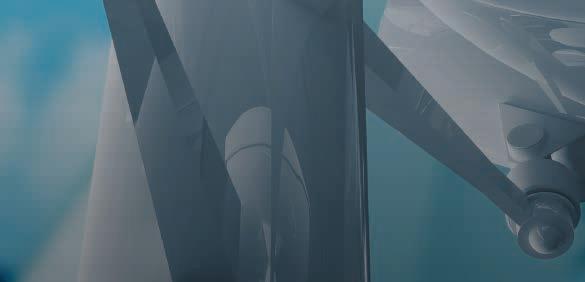
Advertisement




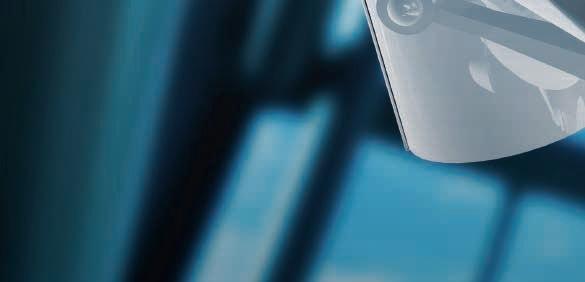
Surveillance in the 21st century: A legal and human rights perspective
EMERITUS PROFESSOR RICK SARRE, PRESIDENT, SA COUNCIL FOR CIVIL LIBERTIES

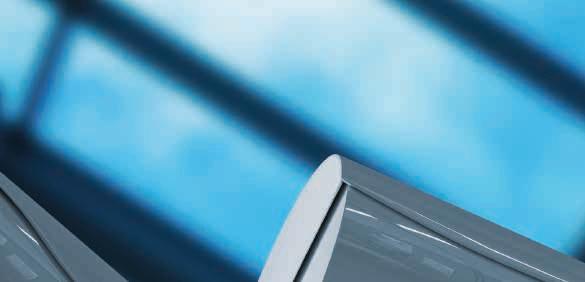
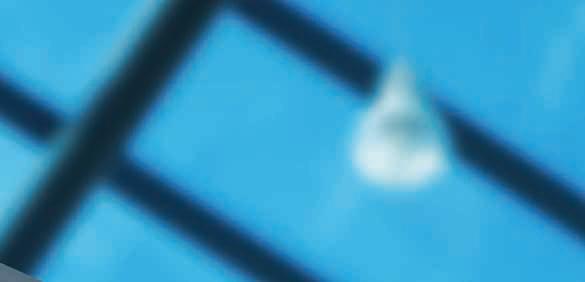

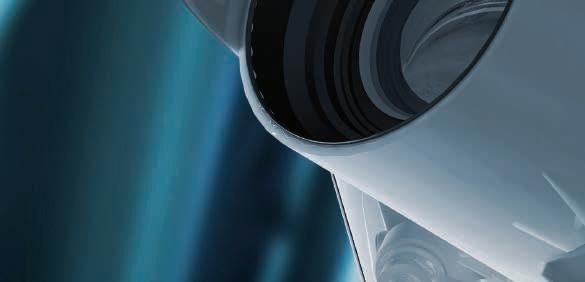


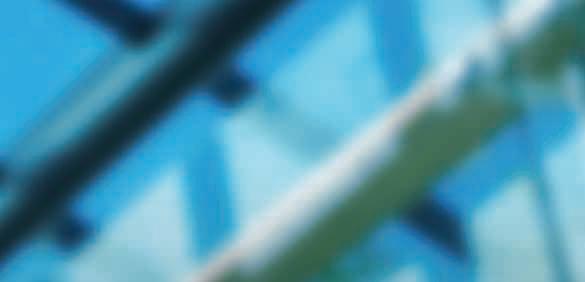
In the late 1970s I found myself wandering the mostly deserted streets of East Berlin, having successfully negotiated Checkpoint Charlie and a phalanx of East German border guards. I remember commenting to my companions at the time that the great difference between that repressive nation and the world that we had grown up in was the level of surveillance. We would never want to live in a world, we agreed, where suspicious eyes followed us going about our daily affairs. Fast forward forty years, and the citizens of the ‘free’ world now fi nd themselves under far more pervasive visual and other scrutiny than the burghers of East Berlin ever did. Millions of closed-circuit television (CCTV) cameras are now in place and taken for granted throughout the world. In fact, no one has any idea how many cameras there are in any city at any given time because most are privately owned.
There are, also, now tens of thousands of ‘unmanned airborne vehicles’ (sometimes referred to as ‘drones’) in public and private Australian hands, too. Originally aircraft-sized, and designed solely for military purposes, small drones are now available to the public for very little outlay. 1 Inside what appears to be a model aircraft is a sophisticated camera, along with a computer that drives the motor and tracking systems.2 And one cannot forget the ubiquity of the ‘smart’ phone, complete with recording devices. We are told that there are more active mobile phone accounts in Australia than there are people.3 Moreover, each time we upload to or simply access our accounts on YouTube, Instagram, Twitter, Facebook, Google and other social media vehicles, we are laying ourselves bare to the controllers of cyberspace.
Make no mistake we are being watched, listened to and fi lmed constantly.
Future generations may not be concerned about their individual privacy being invaded, driven by ever-increasing desire for global connectivity at a relatively minimal cost. On the other hand, however, many people are developing a heightened expectation of privacy given the massive amounts of electronic data that can be crossmatched for a variety of public and private purposes, for both good and ill.
Let’s examine how the surveillance landscape is playing out, and how the law operates in response.
CCTV, PHONES AND DRONES
In addition to the images pouring into databanks from public owned CCTV cameras, hundreds of hours of footage from privately owned CCTV and phone cameras are handed to journalists, lawyers and the police daily.4 This footage may contain displays of inappropriate or illegal behaviour. The images are provided by persons who wish to report, sue, defend themselves, or simply embarrass their targets.
The law helps very little in these cases. Remember that Australia does not have a tort of ‘serious invasion of privacy,’ a remedy that is well established in New Zealand, the United Kingdom and in several states of the USA. Australian governments, in contrast, and under pressure from media moguls, have been pussyfooting around this area for many years, notwithstanding repeated calls from law reform bodies to enact such a tort. 5 The High Court twenty years ago gave a strong indication that they do not see it as their role to be the harbingers of any such change.6
All Australian states and territories have had laws regulating the use of listening devices for the past fi fty years, but they are a dog’s breakfast. These governments have made no attempt to pursue uniform legislation. The laws regulating recording and distributing data are thus many and varied, which makes no sense in a national marketplace.7
Typically, statutes regulating surveillance devices make it an offence to listen to, fi lm or record a private conversation. Broadly speaking, it is illegal to install a surveillance device without an appropriate police warrant. It is an offence in all jurisdictions to broadcast a recording of a covertly taped or fi lmed conversation or publish any information from it. Indeed, a person may be committing an offence in some jurisdictions by simply possessing a report that contains a summary of the contents of the recording. This is all well and good for civil liberties. But there are numerous defences, including the vague “public interest” defence.
It is high time that all AttorneysGeneral came together to craft a consistent approach to surveillance laws so they better refl ect public expectations regarding freedom from inappropriate scrutiny.
FACIAL RECOGNITION
Facial recognition surveillance has a somewhat tawdry pedigree. It has been used to identify anti-Beijing protesters in Hong Kong.8 Chinese authorities allegedly use it to keep members of the Uighur minority in Xinjiang Province under surveillance.9 Surely, we console ourselves, this type of scrutiny of citizens is only deployed by authoritarian regimes in their dystopian worlds. Well,
no. Facial recognition hardware has now been installed in a significant number of places in Australia too, the most obvious being the immigration channel for any person who holds an electronic passport departing or arriving in Australia. Less obviously, one can find facial recognition tools being linked to a growing number of State crime-fighting units10 and in screening any member of the public accessing sensitive precincts.
Reports have emerged recently concerning facial recognition tools being trialled and deployed around Australia by private operatives, too. Indeed, the 7-Eleven convenience store chain in June this year reported that it is rolling out facial recognition scanners in their stores ostensibly for security and safety purposes. 11
But, I hear you say, immigration officials and police operate within frameworks over which we have some right of public scrutiny. Indeed, the Federal Government’s proposed new identity matching services laws are currently being scrutinised by the Parliamentary Joint Committee on Intelligence and Security.12 Shouldn’t that be enough? Well, no. The law that protects privacy in relation to government prying is half-hearted. And the rules do not necessarily apply to the private sector.
Remember that a private landowner can do whatever it likes to protect itself, its wares and its occupants on its own property so long as it doesn’t break the law (for example, by an unlawful restraint or a discriminatory practice). This would include allowing for the installation and monitoring of staff and visitors by placing facial recognition scanners at entrance points, or indeed any sort of surveillance device. By contrast, on public land, any decision to deploy such tools must go through a more open decisionmaking process (say, a council meeting or parliamentary committee) where the public has an opportunity to respond. However, there is an immediate perception problem here, as many “public” properties (such as sports fields, schools, universities, shopping centres and hospitals) are privately owned or managed and thus are open to being privately secured.
SCANNERS, TRACING APPS, AND QR CODES
instruments that have been developed include iris and retina scanners,13 GIS profiling,14 and internet data-mining.15 Our technological wizardry now also allows public health officials and private sector operatives to store and retrieve huge amounts of customer data from tracing apps and QR (‘quick response’) code scans. If there are regulatory guidelines in place regarding their use, they are typically ad hoc and hastily implemented.
How should we respond to this massive uptake by the public and private sectors to these emerging surveillance tools? In an article in The Lancet in July last year, Bengio et al set out their ideal parameters for such tools as follows:
Express consent at each step of data sharing is crucial and must be meaningful, not buried within lengthy privacy policies or vague language agreements …. No identifiable data should be shared with any public institution or private enterprise. … [D]ata should be kept encrypted on users’ devices and inaccessible to public authorities or private interests. The tracing application itself can [usefully] recommend that users voluntarily contact health authorities where relevant, thereby assisting markedly in contact tracing while minimising the potential for state surveillance, snooping, or vigilantism.16
Such an approach is measured and appropriate. Governments should ensure that these types of undertakings are set in stone.
CONCLUSION
In the last half century, we have witnessed the juggernaut of surveillance tools sweeping over the privacy landscape. Parliamentarians, in response, have been loath to act other than to regulate the storage and sharing of data, to appoint privacy commissioners, and to establish ‘privacy principles.’17 I have some sympathy for lawmakers. It would not be easy to frame legislation that captures the balance required to be struck between an individual’s privacy, and the concerns of commercial operatives who have invested legally in electronic tools designed to enhance the security of their staff and stock. Moreover, governments will pay lip-service to confidentiality, but override its requirements if such a path is deemed necessary to keep citizens safe from harm. Ultimately, the fate of these surveillance tools rests with us. If enterprises engage in prying behaviours that one disapproves of, they should be given a wide berth. If governments do the same, then the ballot box is the most appropriate recourse.
In sum, new surveillance technologies are evolving rapidly and pervasively. While these current and emerging tools allow us to be far more connected, give us far greater access to information, and support us functionally, they throw down challenges to our privacy. Just how far we allow them to proceed is a matter for our careful consideration and ongoing vigilance. B
Endnotes 1 https://theconversation.com/drones-finally-getmps-talking-tougher-on-privacy-laws-29197 2 House of Representatives Standing Committee on Social Policy and Legal Affairs, Eyes in the Sky:
Inquiry into drones and the regulation of air safety and privacy, 2014. 3 http://www.sbs.com.au/news/ article/2015/01/02/australia-has-more-phonespeople 4 https://theconversation.com/cctv-who-canwatch-whom-under-the-law-63046 5 https://theconversation.com/animal-activistsv-private-landowners-what-does-the-lawsay-110279 6 Lindsay, D. ‘Protection of privacy under the general law following ABC v Lenah Game Meats
Pty Ltd: where to now?’ (2002) 9(6) Privacy Law and Policy Reporter 101. 7 Sarre, R and Prenzler, T, The Law of Private
Security (2nd edition) 2009, Thomson Reuters, chapter 7. 8 https://www.nytimes.com/2019/07/26/ technology/hong-kong-protests-facialrecognition-surveillance.html 9 https://www.theguardian.com/news/2019/ apr/11/china-hi-tech-war-on-muslim-minorityxinjiang-uighurs-surveillance-face-recognition 10 https://www.theguardian.com/australianews/2020/jun/19/victoria-police-distancesitself-from-controversial-facial-recognition-firmclearview-ai 11 https://www.abc.net.au/news/2020-06-17/ facial-surveillance-slowly-being-trialled-aroundthe-country/12308282 12 https://journals.sagepub.com/doi/ full/10.1177/1037969X20920008 13 https://whatis.techtarget.com/definition/retinascan 14 https://www.sciencedaily.com/ releases/2014/09/140916102000.htm 15 https://www.datasciencecentral.com/profiles/ blogs/the-7-most-important-data-miningtechniques 16 https://www.thelancet.com/journals/landig/ article/PIIS2589-7500(20)30133-3/fulltext 17 http://classic.austlii.edu.au/au/legis/cth/num_ act/pa1988108/







